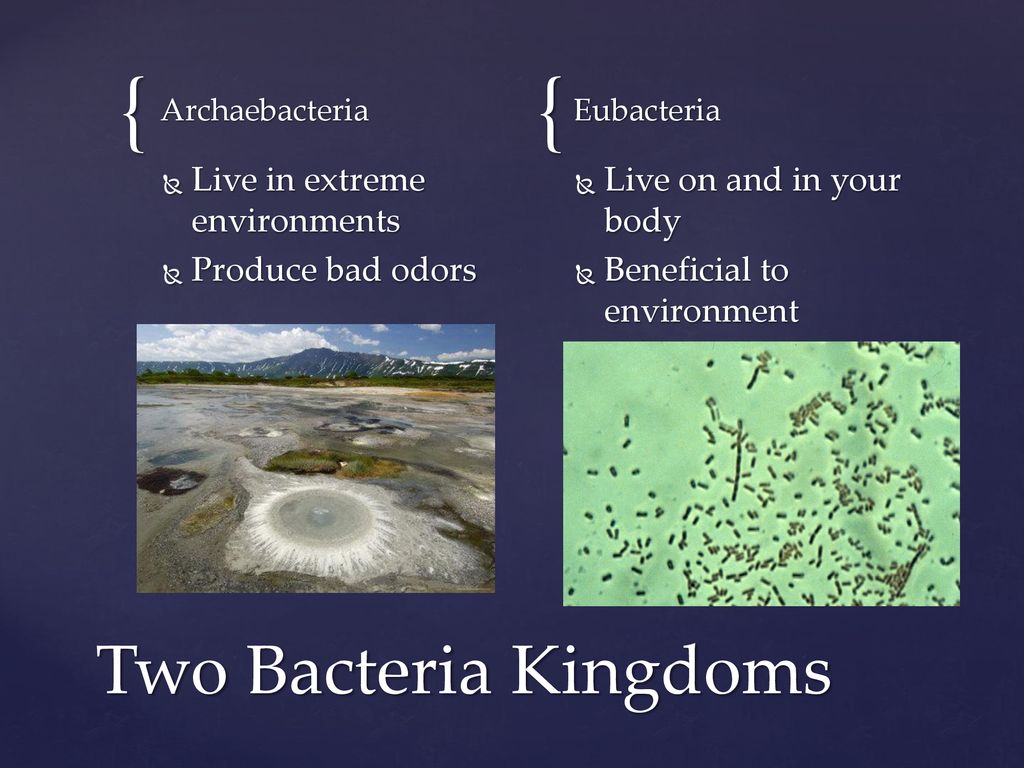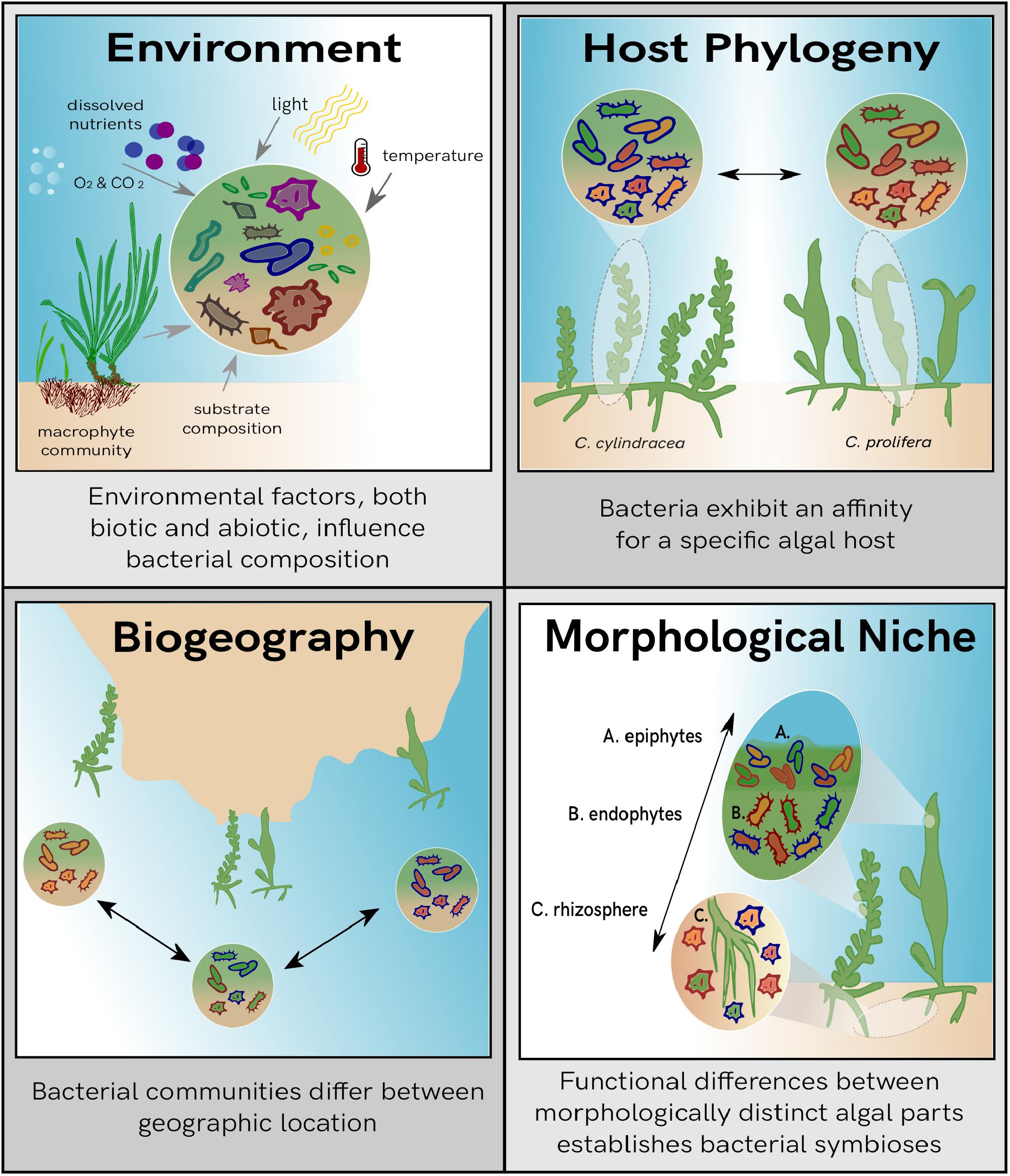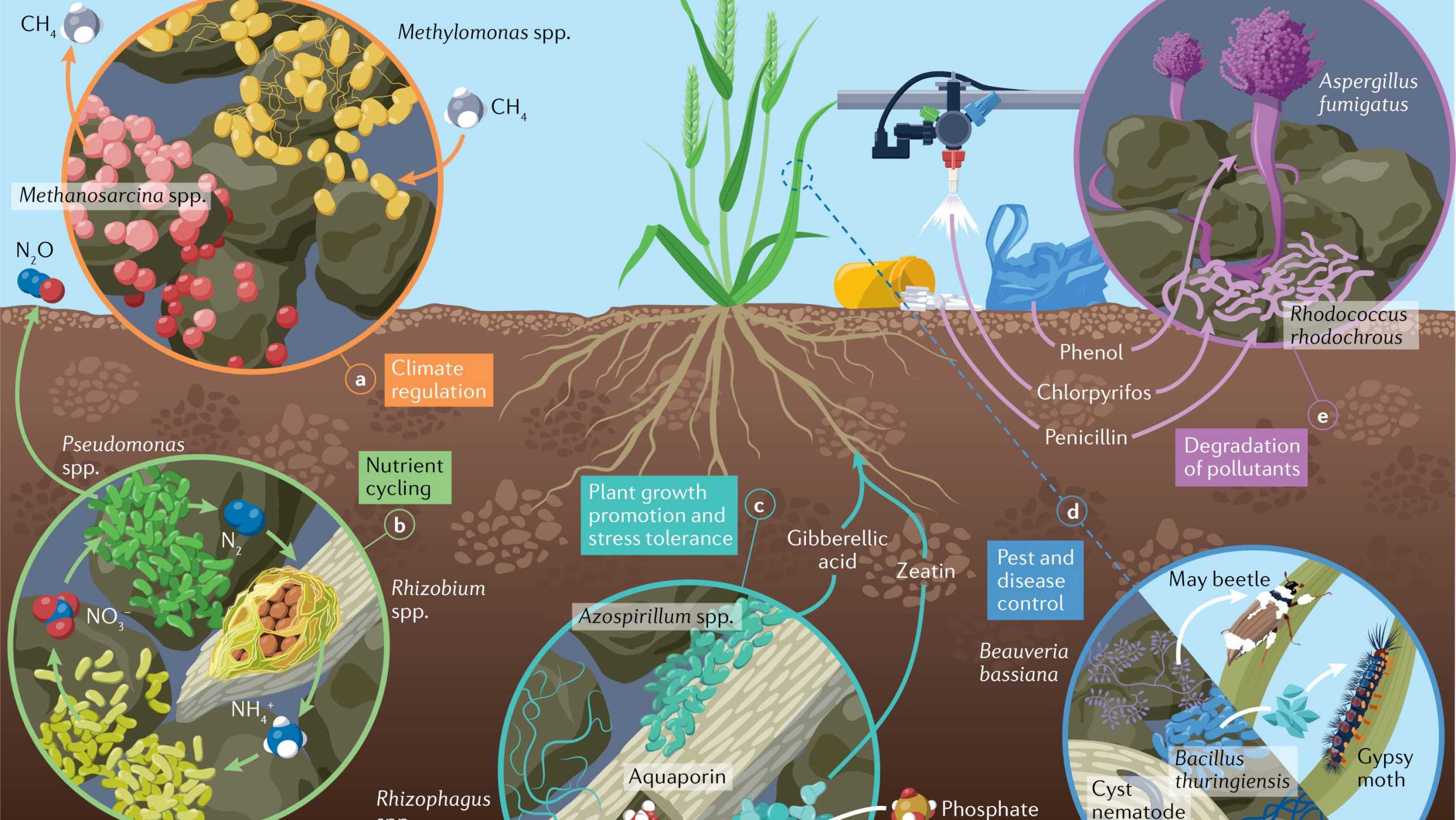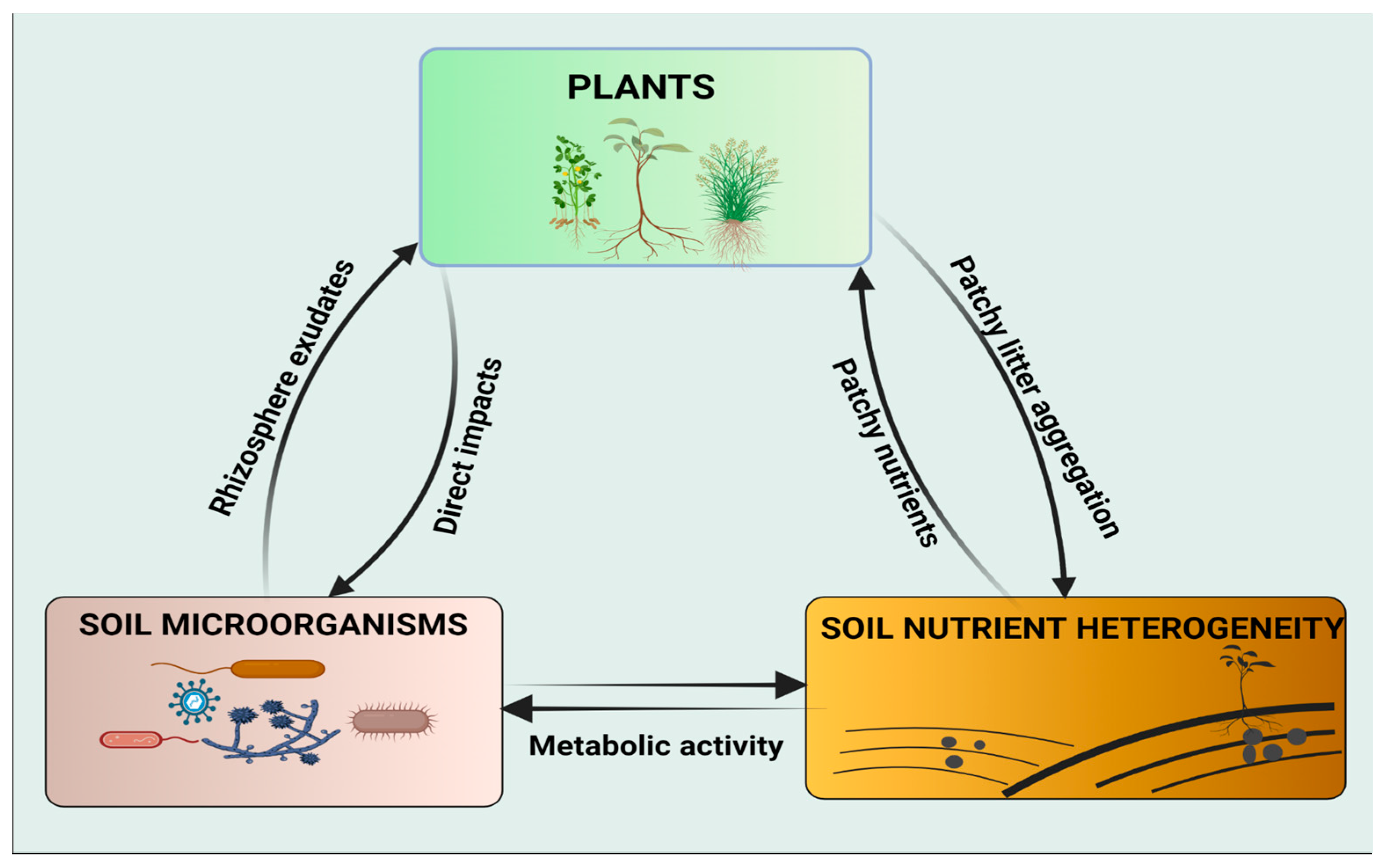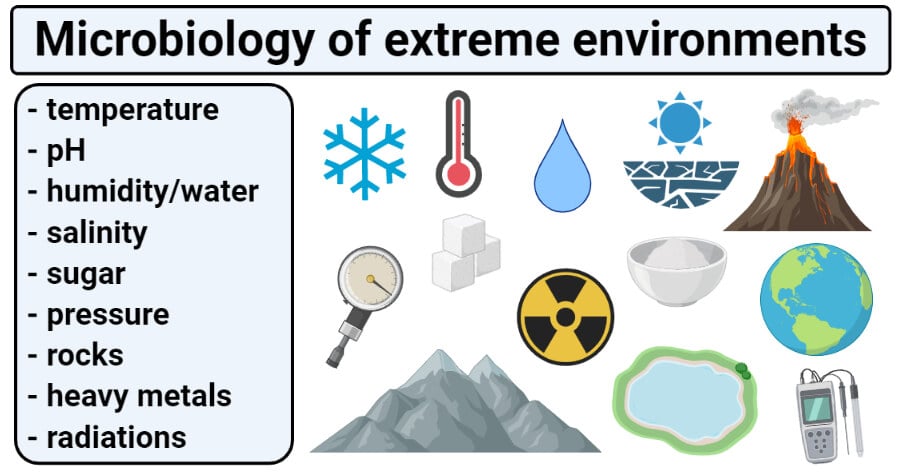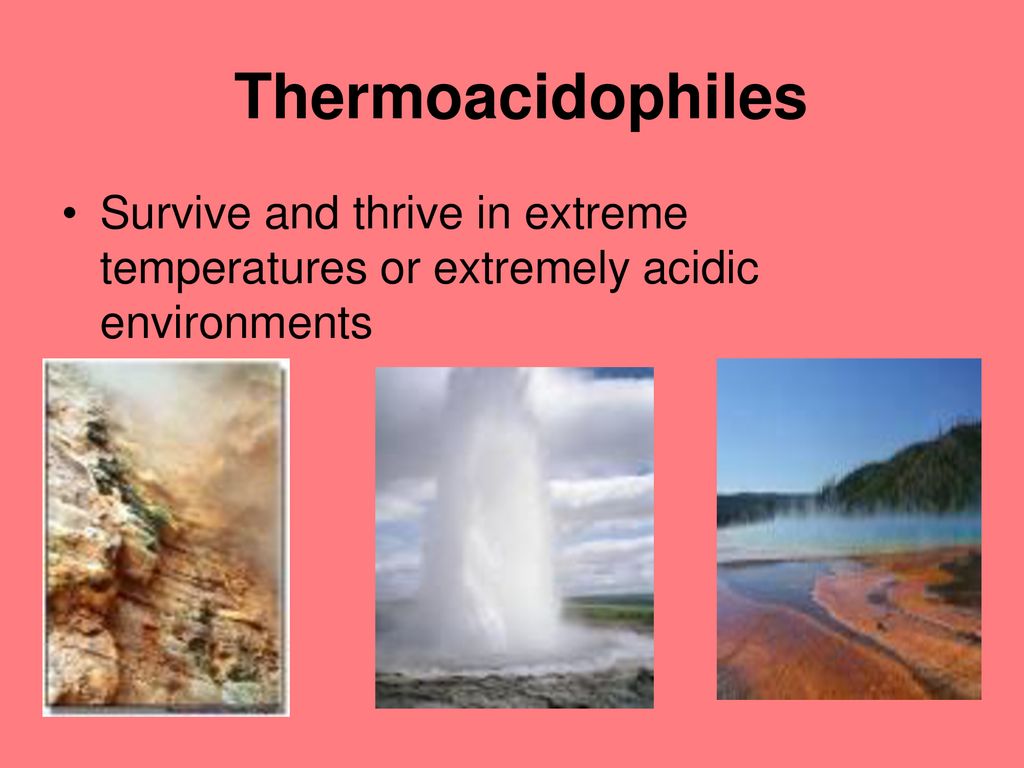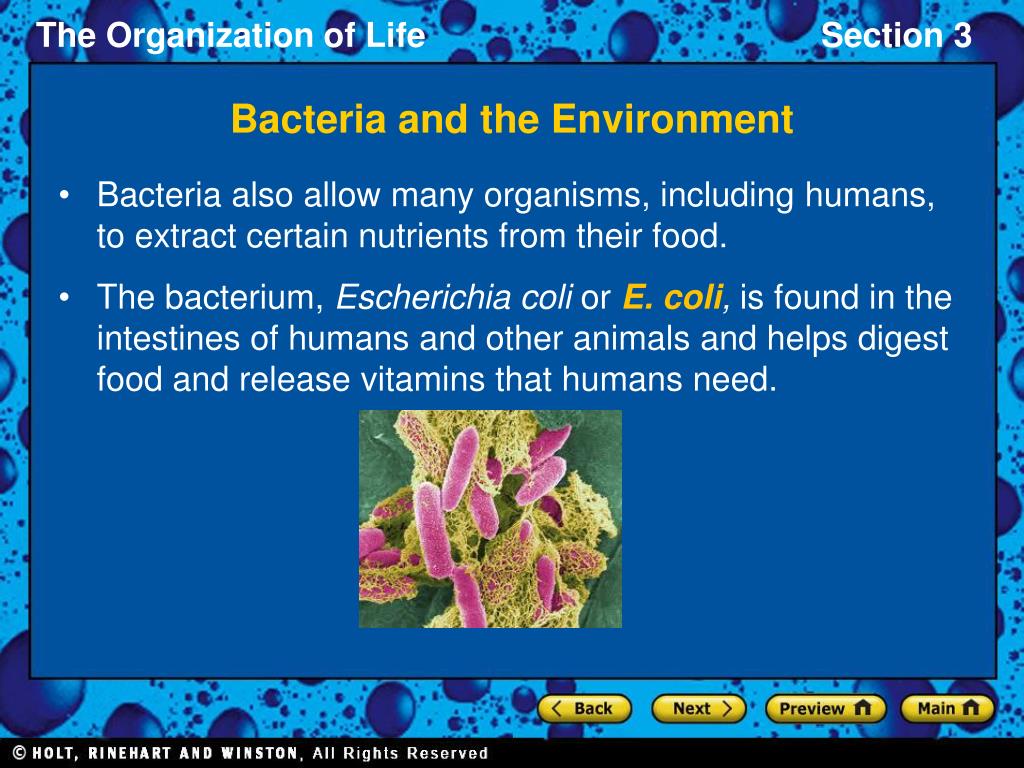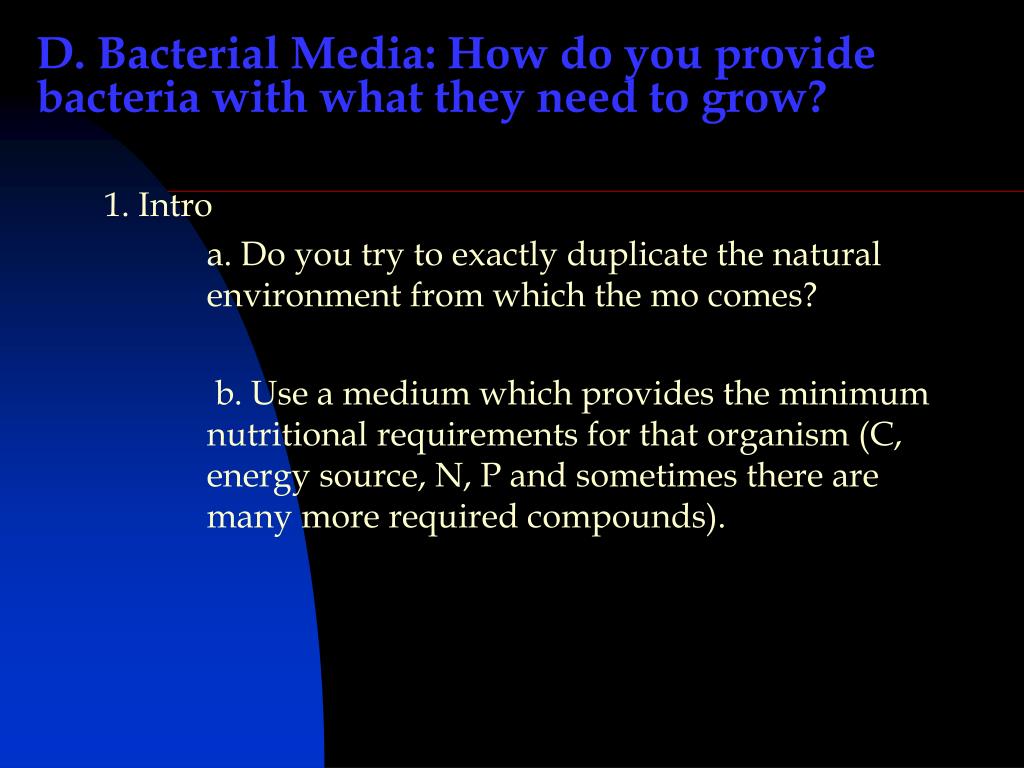In Order To Thrive Bacteria Require An Environment That Provides

Invisible to the naked eye, yet teeming in every corner of our world, bacteria are the unsung powerhouses driving countless processes vital to life. From the depths of the ocean to the surface of our skin, these microscopic organisms exert an influence that's both profound and often overlooked. But what exactly fuels this ubiquitous presence, and what conditions are essential for their survival and proliferation?
The key to understanding bacterial life lies in recognizing their dependence on specific environmental factors. To thrive, bacteria require a precisely balanced environment that provides essential nutrients, suitable temperature, appropriate pH levels, adequate moisture, and sometimes, the absence or presence of oxygen. Understanding these needs is crucial not only for controlling harmful bacteria but also for harnessing the beneficial roles they play in medicine, industry, and the environment.
The Foundation: Essential Nutrients
At the heart of bacterial survival is access to nutrients. Like all living organisms, bacteria need carbon, nitrogen, phosphorus, sulfur, and various micronutrients to build cellular structures and carry out metabolic processes.
Carbon sources vary widely, from simple sugars like glucose to complex molecules like cellulose. Nitrogen is often sourced from ammonia, nitrates, or even atmospheric nitrogen in the case of nitrogen-fixing bacteria.
These essential elements are the building blocks upon which bacterial life is constructed.
Temperature: A Matter of Preference
Temperature is a critical factor influencing bacterial growth. Bacteria are often categorized into different groups based on their temperature preferences.
Psychrophiles thrive in cold environments (0-20°C), while mesophiles prefer moderate temperatures (20-45°C) and are commonly found in the human body and soil. Thermophiles flourish in hot conditions (45-80°C), and hyperthermophiles can even survive in extreme temperatures above 80°C, such as those found in deep-sea hydrothermal vents.
Temperature affects enzyme activity, membrane fluidity, and overall metabolic rate, making it a crucial determinant of bacterial survival.
pH: Striking the Right Balance
The acidity or alkalinity of the environment, measured as pH, also plays a significant role. Most bacteria prefer a neutral pH range (around 6.5-7.5), but some are adapted to more acidic or alkaline conditions.
Acidophiles, for instance, thrive in acidic environments, while alkaliphiles prefer alkaline conditions. Maintaining the correct pH is critical for maintaining protein structure and enzyme activity within the bacteria.
Extreme pH levels can denature proteins and disrupt cellular processes, leading to cell death.
Moisture: The Elixir of Life
Water is essential for all life forms, including bacteria. It serves as a solvent for biochemical reactions and helps maintain cell turgor pressure.
Bacteria obtain water from their surroundings, whether it's from liquid water or from the humidity in the air. Some bacteria are more tolerant to dry conditions than others.
For example, spore-forming bacteria can survive for extended periods in a dormant state under dry conditions, becoming active when moisture becomes available again.
Oxygen: A Double-Edged Sword
The need for oxygen varies greatly among bacteria. Aerobic bacteria require oxygen for respiration, while anaerobic bacteria cannot survive in its presence.
Facultative anaerobes can grow with or without oxygen, adapting their metabolism to the available conditions. Some bacteria, known as microaerophiles, require low levels of oxygen but are inhibited by high concentrations.
Oxygen availability determines which metabolic pathways bacteria can use to generate energy, influencing their growth and survival.
The Impact on Human Health
Understanding the environmental needs of bacteria is paramount in medicine and public health. By manipulating environmental factors, we can control the growth of pathogenic bacteria and prevent infections.
For example, sterilization techniques such as autoclaving use high temperatures and pressure to kill bacteria and their spores. Disinfectants and antiseptics work by disrupting bacterial cell membranes or interfering with their metabolism.
Moreover, understanding the conditions that promote the growth of beneficial bacteria in the gut microbiome is crucial for maintaining human health.
Applications in Industry and the Environment
The environmental requirements of bacteria are also harnessed in various industrial and environmental applications. Bacteria are used in bioremediation to clean up pollutants in soil and water.
Certain bacteria can degrade organic compounds, such as oil spills, or remove heavy metals from contaminated sites. In the food industry, bacteria are used in the production of fermented foods such as yogurt, cheese, and sauerkraut.
By controlling the environmental conditions, we can optimize bacterial activity for these beneficial purposes.
The Future of Bacterial Research
Ongoing research continues to unravel the intricate relationship between bacteria and their environment. Scientists are exploring the metabolic pathways of bacteria in extreme environments and developing new strategies to control harmful bacteria.
The study of bacterial biofilms, complex communities of bacteria encased in a matrix of extracellular substances, is also gaining momentum. Understanding how biofilms form and resist antibiotics is crucial for developing effective treatments for chronic infections.
As our understanding of bacterial environmental needs deepens, we can expect even more innovative applications in medicine, industry, and environmental protection.
Conclusion
In conclusion, bacteria's survival and proliferation are intricately linked to their surrounding environment. Understanding the specific requirements for nutrients, temperature, pH, moisture, and oxygen is essential for controlling both harmful and beneficial bacteria.
From preventing infections to cleaning up pollutants, manipulating the environmental factors that influence bacterial growth is a powerful tool with far-reaching implications. Future research promises to unlock even more secrets of the bacterial world, paving the way for new and innovative applications that will shape our future.
The microscopic world of bacteria, once a mystery, is now an open book, revealing its secrets to those who seek to understand the delicate balance of life on Earth.


